
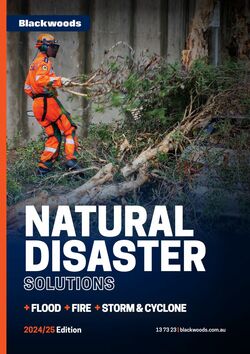
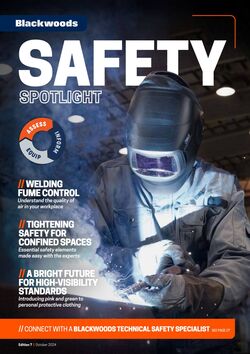

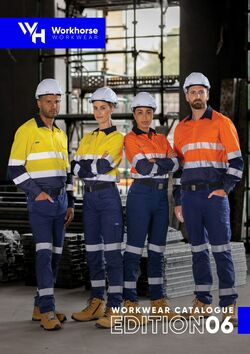
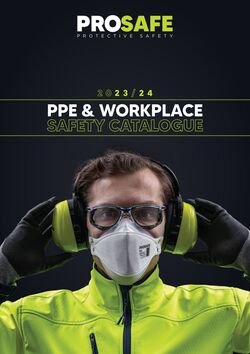
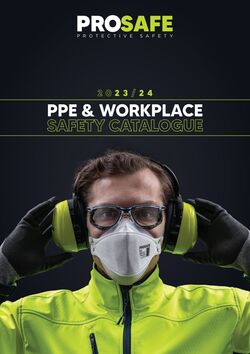
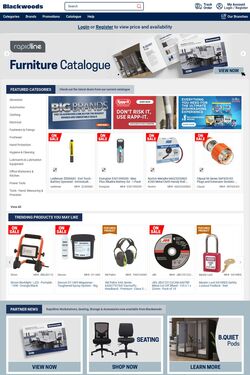
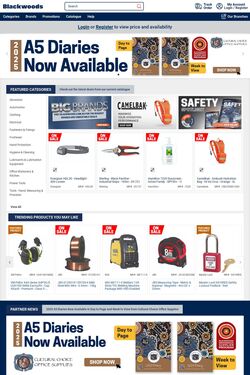
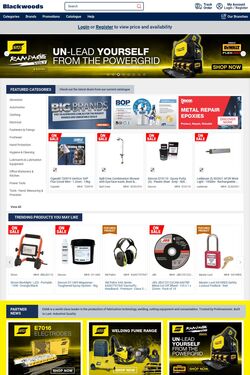
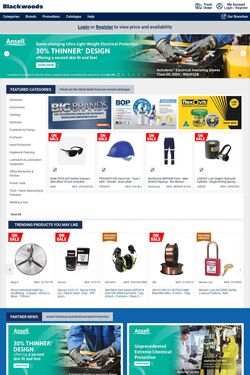
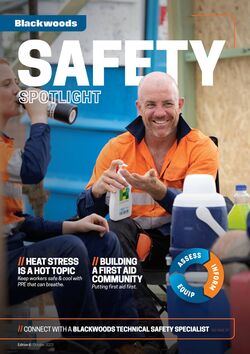

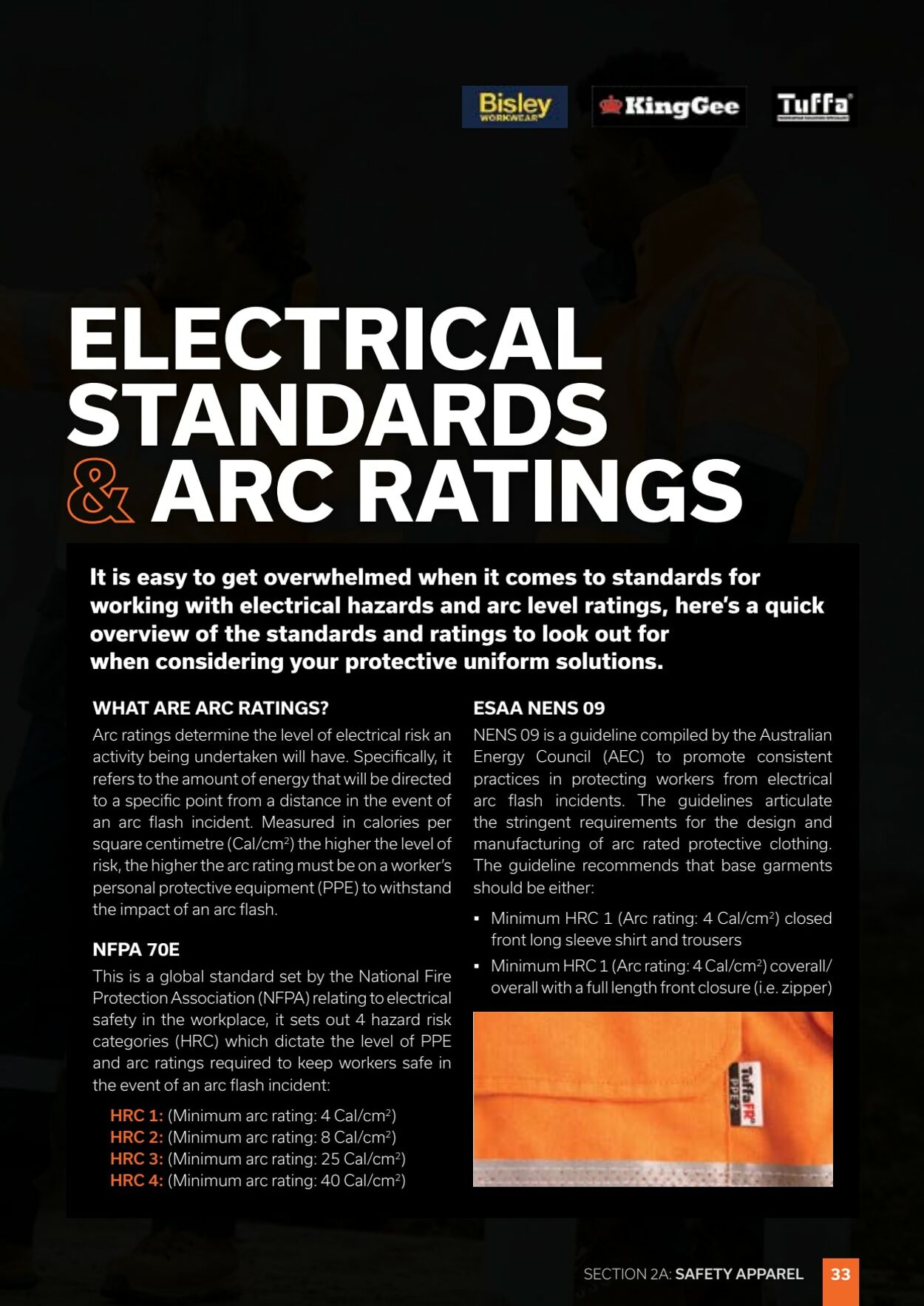
Products in this catalogue
Bisley sKinmgGee Tuffa ELECTRICAL STANDARDS ARC RATINGS It is easy to get overwhelmed when it comes to standards for working with electrical hazards and arc level ratings, here's a quick overview of the standards and ratings to look out for when considering your protective uniform solutions. WHAT ARE ARC RATINGS? Arc ratings determine the level of electrical risk an activity being undertaken will have. Specifically, it refers to the amount of energy that will be directed to a specific point from a distance in the event of an arc flash incident. Measured in calories per square centimetre (Cal/cm?) the higher the level of risk, the higher the arc rating must be on a worker's personal protective equipment (PPE) to withstand the impact of an arc flash. NFPA 70E This is a global standard set by the National Fire Protection Association (NFPA) relating to electrical safety in the workplace, it sets out 4 hazard risk categories (HRC) which dictate the level of PPE and arc ratings required to keep workers safe in ioe oom anole alg HRC 1: (Minimum arc rating: 4 Cal/cm?) HRC 2: (Minimum arc rating: 8 Cal/cm?) HRC 3: (Minimum arc rating: 25 Cal/cm?) HRC 4: (Minimum arc rating: 40 Cal/cm?) ESAA NENS 09 NENS 09 is a guideline compiled by the Australian Energy Council (AEC) to promote consistent practices in protecting workers from electrical arc flash incidents. The guidelines articulate the stringent requirements for the design and manufacturing of arc rated protective clothing. The guideline recommends that base garments should be either: * Minimum HRC 1 (Arc rating: 4 Cal/cm?) closed front long sleeve shirt and trousers * Minimum HRC 1 (Arc rating: 4 Cal/cm?) coverall/ overall with a full length front closure (i.e. zipper) SECTION 2A: SAFETY APPAREL Bl
| Name | Details |
|---|